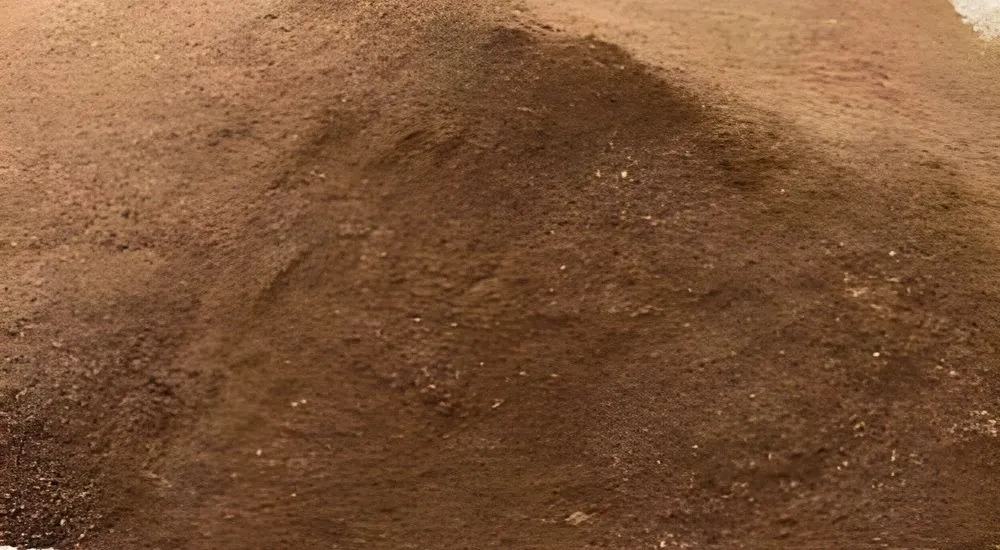
Tobacco manufacturing is a meticulous process that transforms raw leaves into the final consumable product. During this process, small particles of tobacco—commonly known as tobacco dust—are generated. While often overlooked, recycling tobacco dust is an essential practice for both economic and environmental reasons.
This guide explores the methods, machinery, and benefits of recycling tobacco dust in modern manufacturing facilities.
Tobacco dust consists of very fine particles and fragments of tobacco leaves that are generated during processing. It can result from:
Though it is a byproduct, tobacco dust still contains nicotine and flavor compounds, making it valuable for reintegration into the manufacturing process.
Recycling tobacco dust offers several important benefits:
By viewing dust as a resource rather than waste, facilities achieve sustainability and cost-efficiency simultaneously.
Modern tobacco manufacturing facilities are equipped with systems to capture and collect dust efficiently:
This controlled collection ensures that only usable tobacco dust enters the recycling loop.
Once collected, tobacco dust undergoes specific treatments to make it suitable for reuse:
Tobacco dust is slightly moistened to bind particles together and improve handling. This step prevents the dust from being lost during transport or blending.
Processed dust is carefully mixed with shredded tobacco to create consistent blends. This step uses advanced Cigarette Making Machines to ensure uniform distribution, maintaining product quality and smoothness.
Some facilities compress dust into pellets for use in specialty cigarettes or pipe tobacco. This method allows controlled burning and flavor release.
In some innovative facilities, non-recyclable dust is used as biomass fuel to power machinery, contributing to energy efficiency.
Several pieces of Tobacco Machinery facilitate the recycling of tobacco dust:
By integrating these machines, manufacturers reduce losses, maintain high-quality standards, and improve operational efficiency.
Recycled tobacco dust must meet strict standards to maintain product integrity:
Facilities regularly perform lab tests and sensory evaluations to ensure that recycled dust enhances rather than diminishes the final product.
Leading Cigarette Brands in Dubai utilize recycled tobacco dust to maintain consistent flavor and quality. Advanced machinery and automated processes ensure that recycled particles integrate seamlessly into blends without altering taste, aroma, or burn characteristics.
This approach allows brands to remain competitive while also adopting sustainable practices that appeal to environmentally conscious consumers.
Recycling tobacco dust is an essential component of modern tobacco manufacturing. By collecting, processing, and reintegrating fine particles, facilities:
Advanced Tobacco Machinery, Cigarette Making Machines, and specialized Tobacco Cutters enable manufacturers to turn potential waste into a valuable resource, ensuring sustainability and profitability.
Tobacco dust is fine particulate matter generated during cutting, shredding, and handling of tobacco leaves.
Recycling reduces waste, maintains product consistency, and contributes to sustainability.
Industrial vacuums, cyclone separators, and filters are used to capture and collect dust efficiently.
No, proper processing ensures that dust maintains flavor, aroma, and nicotine content consistent with the original blend.
Tobacco Machinery, Tobacco Cutters, and Cigarette Making Machines are key equipment for dust recycling.
Yes, many Cigarette Brands in Dubai use recycled dust to maintain consistent quality while minimizing waste.
We specialize in the provision of Tobacco Machinery. Our expertise encompasses not only the trading of machinery but also extends to being a dedicated supplier. This specialization is enriched by our comprehensive solutions tailored for emerging Cigarette Companies. What sets us apart is our ability to offer firsthand insights through our active Cigarette Manufacturing operation in the UAE.